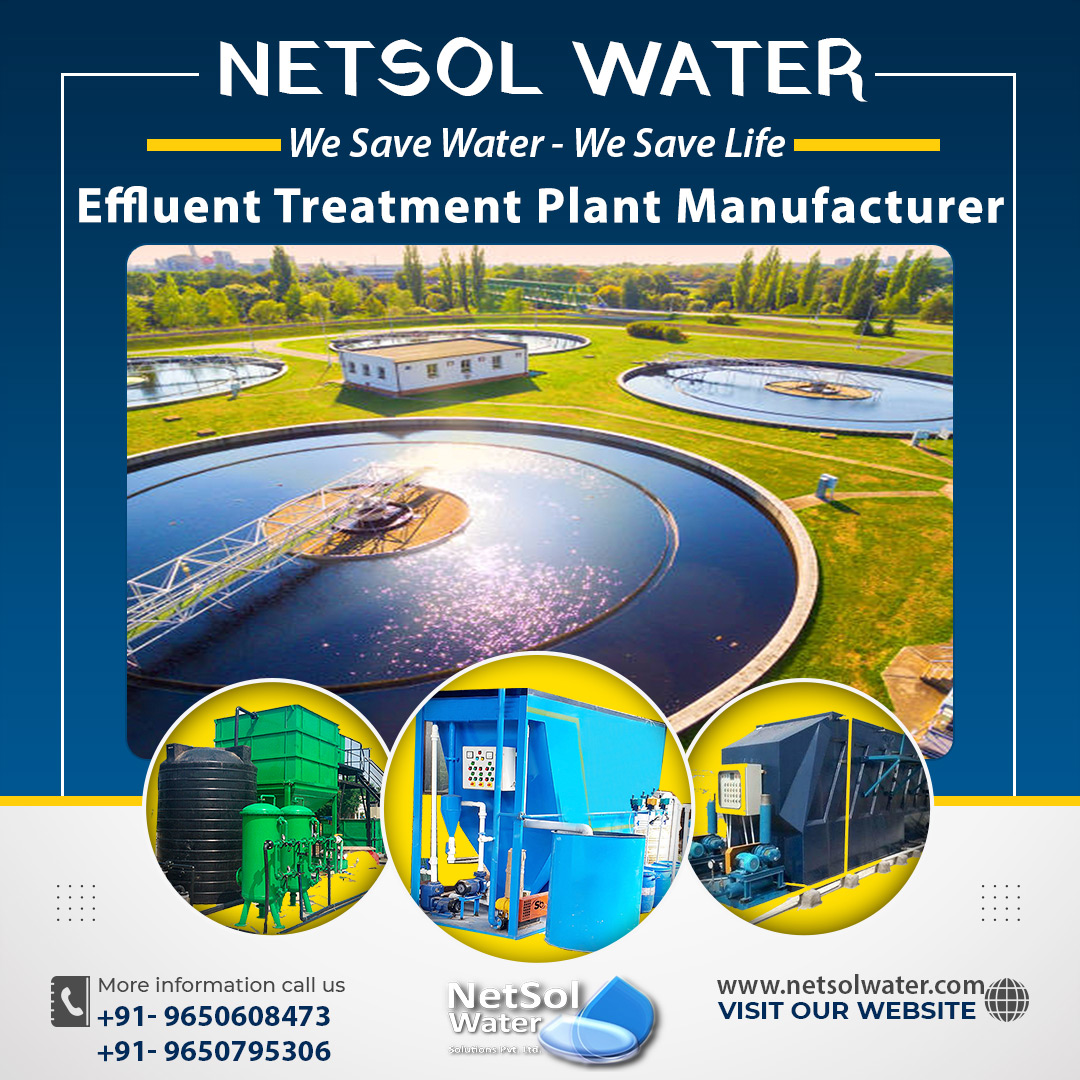Introduction
As fresh water is required at various stages of the manufacturing process, the paper industry is often referred to as a water-inclined one. As a result, such paper manufacturing hubs emit a large amount of wastewater and effluent after production, making safe and secure disposal of such effluent elements difficult.
What is the use of water in paper manufacturing?
It is stated that water is primarily used to separate raw materials, give them space to swell, transport fibers, and lay a strong foundation for paper formation. Furthermore, high quality clean and fresh water is required for producing top quality writing and printing paper, resulting in the release of a deluge of effluent and wastewater containing harmful chemicals such as solids, organic elements in bulk, organ halogenated compounds (AOX), phosphorus, nitrogen, and a variety of contaminants.
Importance of ETP in paper manufacturing
As a solution, an effluent treatment plant for the paper industry is a promising way to dispose of such effluent and wastewater in a controlled manner. Furthermore, industry clients consider such effluent treatment plants to be quite cost-effective, as they consume little power and are completely designed to comply with the government's guidelines and prevailing by-laws. In contrast, if left untreated, such effluent can pose a number of serious health risks as well as a potential threat to the environment.
Why do pulp & paper industries require ETP?
The pulp and paper mill industry consumes a lot of water and natural resources (wood), and it emits a lot of liquid, gaseous, and solid waste into the environment. Since the 1970s, a growing awareness of the environmental effects of pulp and paper wastes has resulted in lower levels of water and energy consumption, as well as lower levels of toxic compound discharge.
One of the most significant changes implemented in this regard occurred within the mill, where chlorine was completely replaced by, that is, chlorine dioxide as the bleaching chemical agent. Another significant issue was the use of secondary biological treatments. The wastewater composition, and thus the effluent treatment efficiencies and discharge characteristics, are highly dependent on the technology used and the raw materials.
However, in the last 25 years, the global distribution of pulp producers has shifted significantly, as have the wood species used. For example, eucalyptus pulp production is becoming a market leader in the hardwood pulp market; Brazil transitioned from a pulp consumer to a world leader in hardwood pulp production, and it has been the world's fourth largest pulp producer since 2008.
Process of treatment in pulp and paper manufacturing
1-During the process, an initial homogenization initiative is undertaken that is aligned with the process of ensuring pH neutralization in effluent, after which larger solids are broken down.
2-The next step is to target and destroy any organic matter that may be present through oxidation, which occurs when effluent comes into contact with ozone. Organic matter is dissolved into liquid and compressed using biogas, after which the effluent is filtered through a sand filter and ultra-filtration membranes are pressed into service.
3-In the final lap, RO (reverse osmosis) completes this process, providing a consistent supply of clean water that can be reused during the paper manufacturing process, and then vacuum evaporation is used to treat rejection flow.Thus, the water extracted from the evaporation process is also referred to as fit for reuse, whereas the solid presence is classified as waste and is disposed of accordingly.
It is important to note that when such a task and framework are put into practice, the level of contamination of effluent increases, necessitating a professional approach to ensure that minimal contamination is left when paper is produced after reusing such water.
Netsol Water is a manufacture of ETP’s for various industries including paper and pulp.
For design and manufacture, contact Netsol Water.




